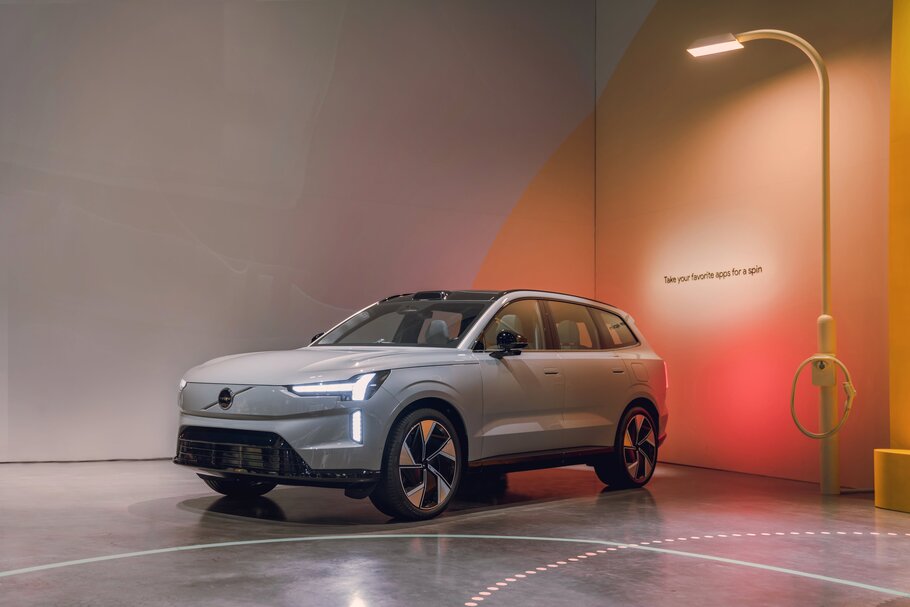
n our upcoming Volvo EX90, lidar, cameras and radars come together to understand your car’s surroundings and help keep you safe. To further improve our assisted-driving technologies and eventually reach autonomous driving in the future, we also need a way to recognise your environment at detail – both immediately in front of you and at longer distances beyond the twists and turns ahead.
Enter Google’s HD map – a comprehensive map designed specifically for car makers that provides highly detailed and up-to-date road information.
Continuing our long-standing collaboration with Google, Volvo Cars and our strategic affiliate Polestar will be the first car makers to bring its HD map technology into our cars, starting with the recently unveiled Volvo EX90 and Polestar 3.
This road information combined with the data from the Volvo EX90’s lidar and other sensors will be processed through the car’s core computer system powered by NVIDIA DRIVE AI Platforms Xavier and Orin.
By combining data from Google’s HD map with information collected from our exterior sensors, including a lidar and software developed by safety software company Zenseact, we aim to create a more predictable, safe and comfortable drive.
In the future, Google’s HD map will also support the introduction of our autonomous driving technology in combination with our sensor set consisting of a roof-integrated lidar, radars, cameras and ultrasonic sensors, to further improve the car’s understanding of its environment.
“Zenseact is proud to work alongside Volvo Cars and Google on the implementation of this game-changing technology for assisted and, later on, autonomous driving,” says Ödgärd Andersson, Chief Executive Officer of Zenseact. “It will play an important role in our journey towards zero collisions.”
The small print
- Google’s HD map will be available in cars with Pilot Assist.
- Volvo Cars’ Pilot Assist offer may vary depending on the market, model year and car model.
- Google, Google Maps are trademarks of Google LLC.



